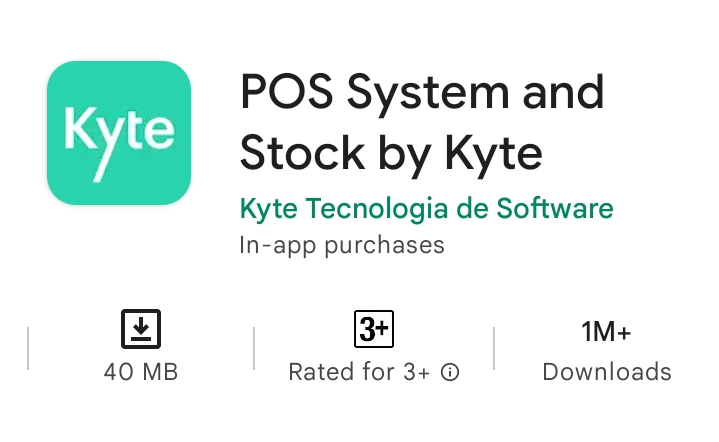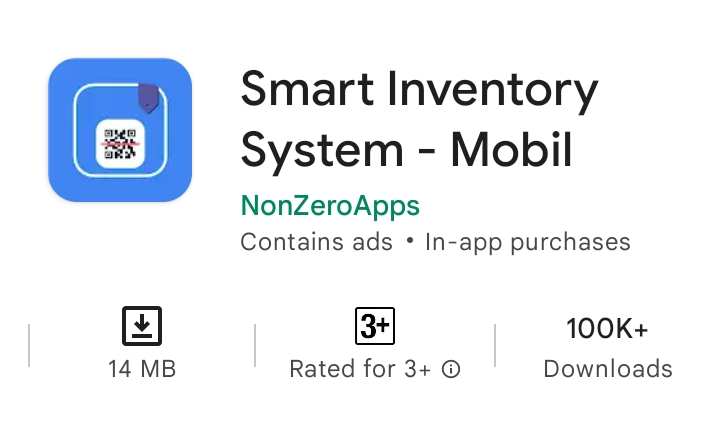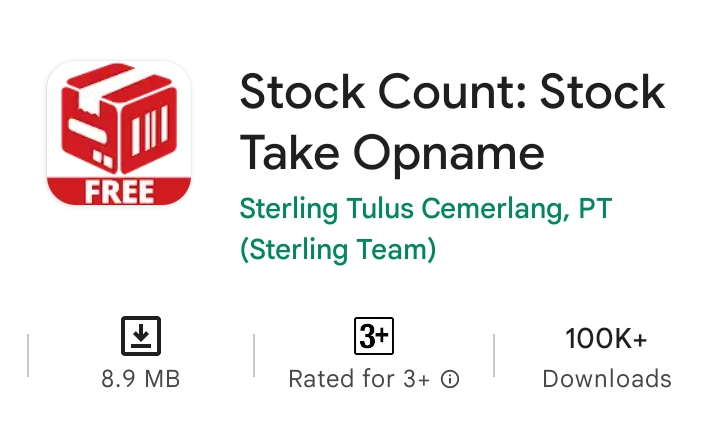Inventory Control Vs Inventory Management, Here Are the Similarities and Differences!
Reviews regarding the differences between inventory control and inventory management in managing business stock.
In the business world, there are two terms related to stock management activities or company inventory that business people need to know. Two of them are inventory controlinventory control) and inventory management (inventory management).
However, basically, inventory control is a part of inventory management. It can be said that inventory management includes activities that are more general or comprehensive than inventory control whose activities are more specific and focused.
So, what is the specific comparison between inventory control and inventory management? The following is a further review regarding the similarities and differences between the two business activities. Read more.
Link between Inventory Control with inventory management
Inventory control (inventory control) is an activity that focuses on the operational level and plays an important role in warehouse management. The activities carried out are starting from scanning material, condition and status of company property, to prepare it for management.
Meanwhile, inventory management (inventory management) is an inventory control activity, including demand forecasting, ordering and management of existing stock. Activities carried out can also be in the form of thinking about product storage strategies, inventory estimates, and various other things.
According to various sources, ideal inventory management starts with good inventory control. However, in other sources, it is said that inventory management must come first before paying attention to inventory control.
Difference Inventory Control and Inventory Management
In general, both inventory control and inventory management both aim to manage stock. In other words, the activities carried out inventory control and inventory management have the same goal with a different focus.
Following are some of the aspects that differentiate the focus between inventory control and inventory management, including:
1. Main Task
- Inventory Control: Its main tasks consist of inventory tracking (reporting inventory quantities, product details and storage locations); check-in/check-out (tracking stock transfers and movement of orders and returns); updating stock status; notifications (warning of over- or low-stock and expired items; as well as audits and reports.
- Inventory Management: Its main tasks consist of tracking inventory by size, color, lot, serial number, bundle or kit; order management; track inventory (from raw materials, production to distribution); inventory audit (enabling physical counting and inventory cycles); reporting; demand planning; inventory forecasting; inventory control; and inventory optimization.
2. Stock Availability
- Inventory Control: Manage existing stock, arrange warehouse layout and track stock conditions.
- Inventory Management: Planning stock replenishment and forecasting future demand; measuring order cycles and the number and type of items; order inventory automatically.
3. New Inventory
- Inventory Control: Receive new inventory and returns and process transfers.
- Inventory Management: Manage demand planning and forecasting
4. Outgoing Inventory
- Inventory Control: Manage inventory pick-and-pack for delivery.
- Inventory Management: Decide on safety stock, reorder cycle and replenishment stock.
5. Purpose of Stock Collection
- Inventory Control: Collect data using Barcode or RFID to track and record stock transactions.
- Inventory Management: Collect data using Barcode or RFID and find trends to prevent stockouts and overstocks.
6. Inventory Tracking
- Inventory Control: Track receipt, transfer, or packing of goods by lot or serial number, pallet, location or date, and records of where stock is in the warehouse.
- Inventory Management: Track and support inventory processing as items move through the warehousing and production phases to delivery or sale.
7. Stock Updates
- Inventory Control: Manage sales invoices and orders for suppliers.
- Inventory Management: Find obsolete inventory.
8. Inventory Maintenance
- Inventory Control: Send alerts about low stock levels or expiration dates.
- Inventory Management: Improve warehouse layout and stock storage.
9. Stock Calculation
- Inventory Control: Supports physical and cycle counts, audits inventory, and generates reports.
- Inventory Management: Supports physical and cycle counts.
Stock Management Application for Business
Now available technology that can help companies manage their stock and supply chain. By using an automated system from the application or , inventory control can be carried out efficiently and minimally accurate human error.
Meanwhile, some and applications that can be used by business actors to control inventory, including:
Inventory Management App by Zoho
POS System and Stock by Kyte
eStock
Smart Inventory System
Stock Count
These various applications and software can help with good stock management activities inventory control nor inventory management. Activities that can be assisted by the system include: stock scanning, stock counting, stock tracking, stock data collection to reports and inventory adjustments.
Thus a review regarding the differences inventory control and inventory management in stock management for business.
Sign up for our
newsletter





